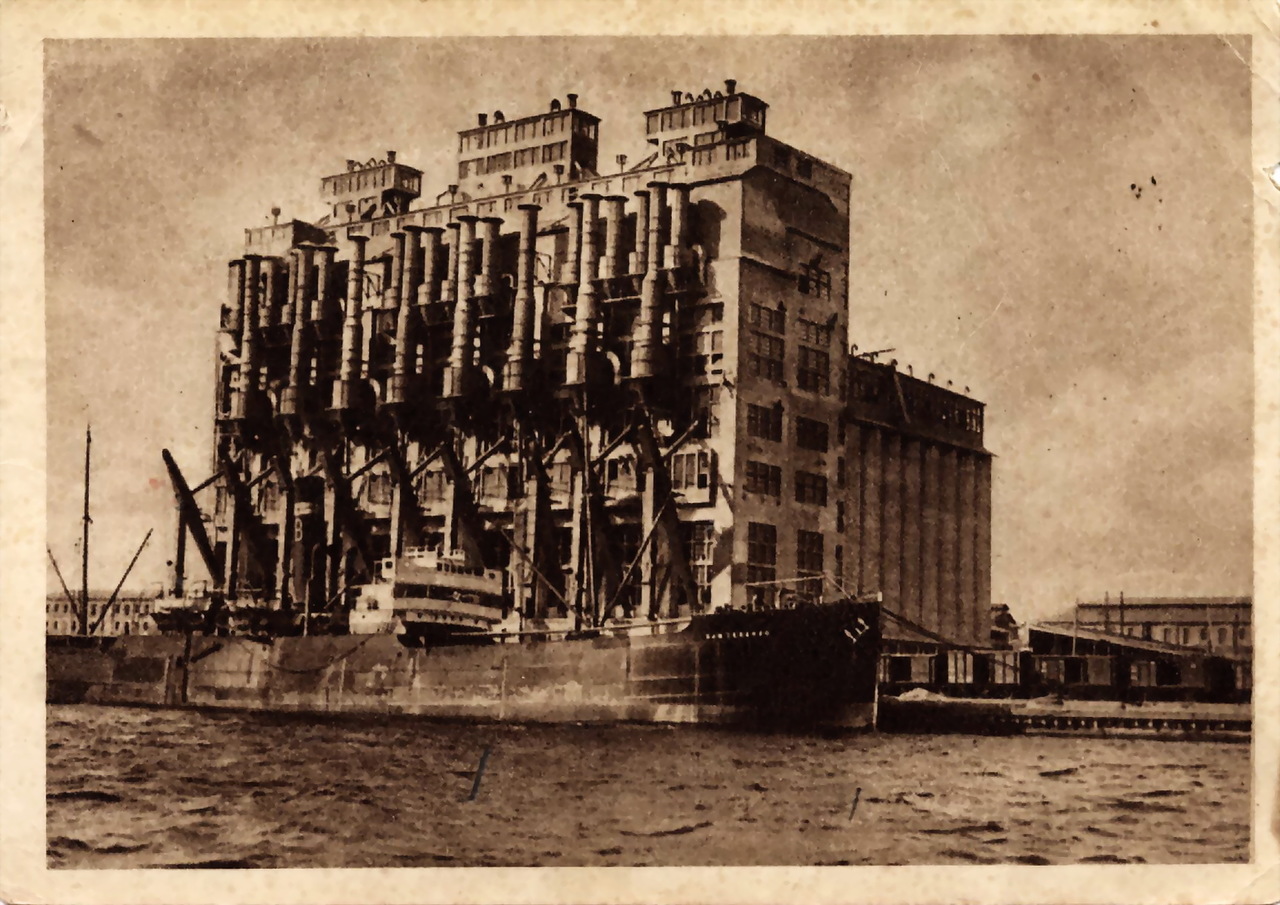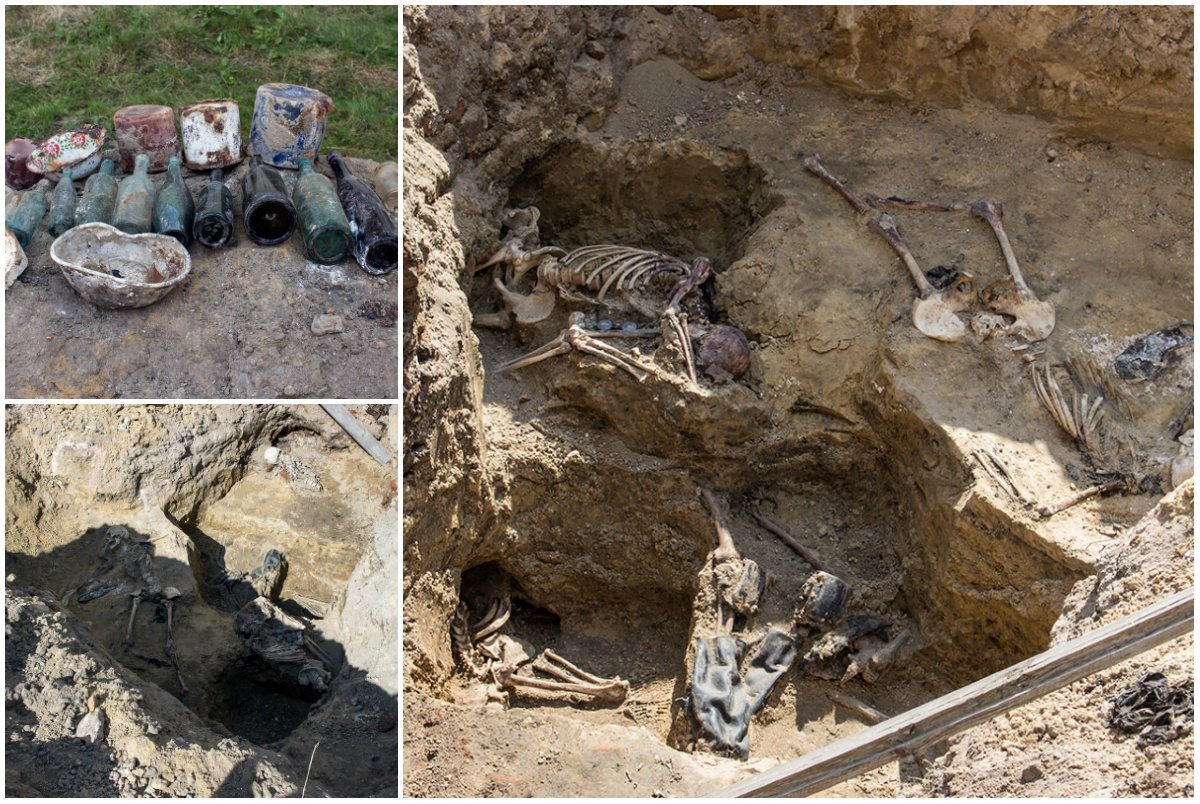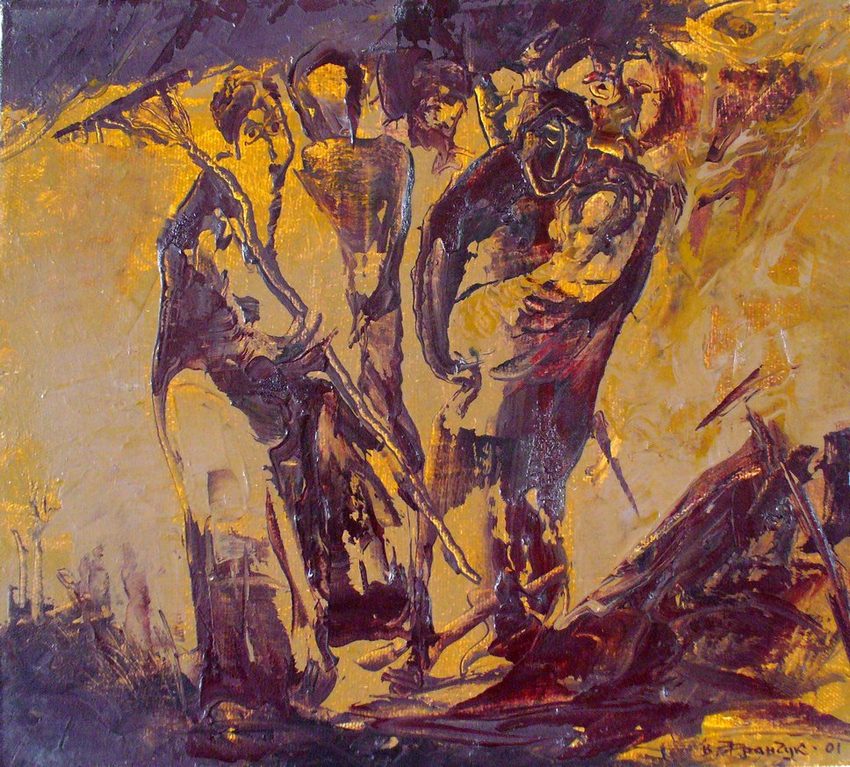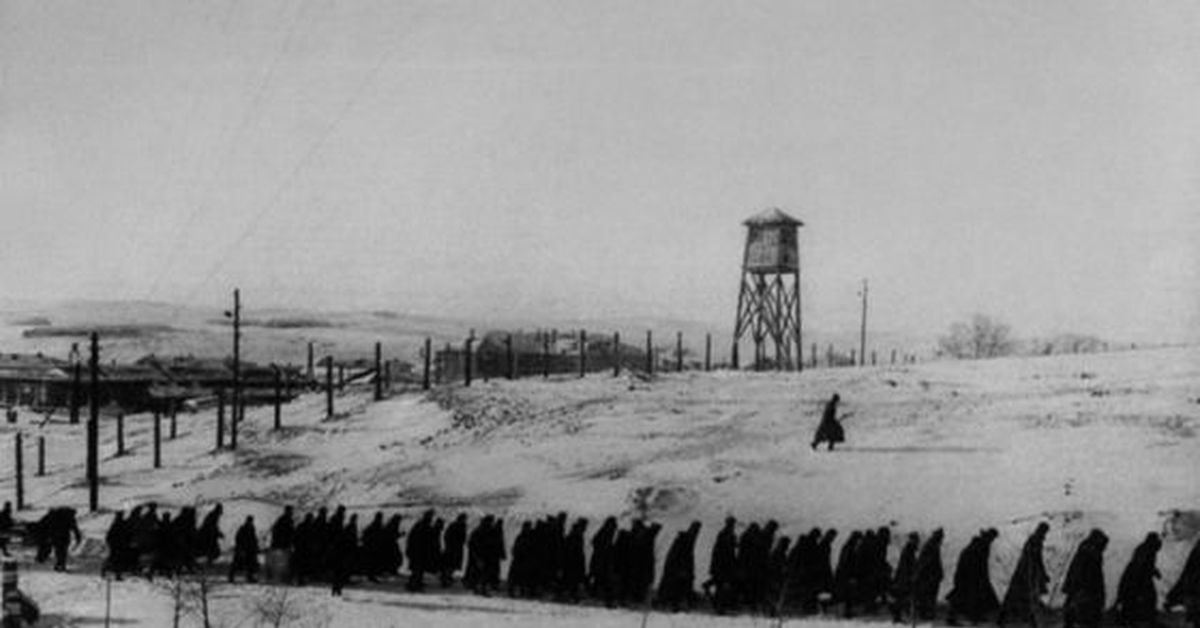Ukrainian historian Liudmyla Hrynevych says that “Stalin prepared the Holodomor with the very same methods which Hitler prepared the Holocaust,” thus making explicit that the terror famine in Ukraine was an act of genocide that merits being put alongside Hitler’s mass murder of European Jewry.
In an interview with Delovaya stolitsa on the occasion of Memorial Day for the Victims of the Holodomor, the director of the Holodomor Ukrainian Research Center and editor of the Holodomor Studies journal says that today the term genocide is used too freely but that it certainly applies to what happened in Ukraine in the 1930s.

What happened in Ukraine, Hrynevych says, “fully corresponds to the provisions” of the UN Convention on Genocide,” despite the arguments of some that it is not or is sufficiently different from other mass murders that the term shouldn’t be used.
In 1932-33, there was “a genocide of part of a national group, the citizens of the Ukrainian SSR without distinction as to nationality or religion,” she continues. “Ethnic Ukrainians, of course, “made up the core of this group. There was also the genocide of the Ukrainian ethnic group in the Kuban,” a region of the RSFSR.
She continues: “In the 1980s, an International Commission on Investigating the Famine of 1932-33” existed in the US, and at that time, there were suggestions that there must be a clear recognition that there were a series of genocides in the USSR at that time because there were famines in Kazakhstan and the Middle Volga, where “by the way, then lived many Germans.”
Speaking of a series of famines is one thing, the historian says; but “in the formula, ‘an all-union famine,’ I see a political trick. For decades, the Soviet Union denied the famine. When that became impossible, they … set up ‘a second line’ of defense: any famine was the common tragedy of Soviet peoples and the communists did everything to save people.
This was done, Hrynevych argues, so that Ukrainian and other non-Russian nationalists could not use the famine as a mobilizing tool for the separation of their republics from the USSR. “In substance, even today, this thesis plays the very same role, albeit of course with new realities being taken into account.”
Those who refuse to acknowledge this often fall back on the claim that Stalin never said he was going after the Ukrainians, but such people forget that “you will not find a single document where Hitler directly ordered the killing of Jews. There are no documents, but there is the fact of the crime, and there is direct evidence of its preparation.”
The Nazis launched a propaganda campaign to portray the Jews as the enemy of the German people and to dehumanize them, thus laying the groundwork for their “destruction,” Hrynevych says. Stalin did something along the same lines: his regime attacked not just economic enemies like the kulaks but specific ethnic groups like the Ukrainians.
In Soviet propaganda at that time, the historian points out, “there were symbolic markers of part of the national group which had been against the Bolsheviks and thus was subject to destruction,” even if some might argue that these “markers” did not necessarily define an entire religion or nationality.
“When at the end of the 1920s, the powers that be began military-industrial modernization at the expense of the peasantry,” she continues, “the peasants were deprived of economic legal status and this was a direct path to famine.” That was in fact true across the Soviet Union.
At the end of the 1920s, Moscow subordinated all grain facilities to itself and even disbanded the once powerful Ukrainian trust, Ukrkhleb. “During the Holodomor, there was grain in the elevators … but Ukraine did not have a right to it.” Such arrangements, are “a purely imperial practice.”
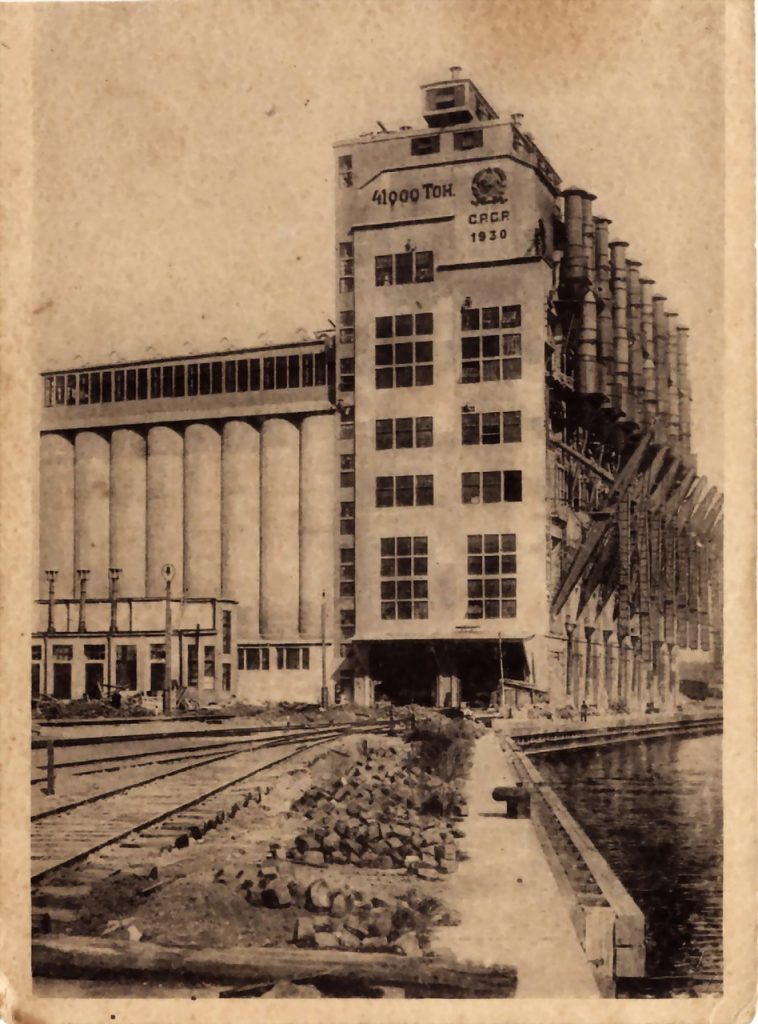
That allowed Moscow to export grain even as the Ukrainian peasants starved. In the first wave of this effort, the documents detailing this process were numerous and have been preserved. But in the horror years of 1932-1933, “the situation is different: Many documents have been destroyed.” Some were destroyed under Khrushchev. But a few have been preserved.
Those documents allow for rather precise figures about deaths.
Some activists and politicians give much higher figures in order to emphasize how horrific what happened to Ukraine was. But there is no need for such exaggeration: the destruction of 4.5 million people simply because they were in the way of Stalin’s plans is horrific enough, Hrynevych says.
Another aspect of the Holodomor that some misconstrue, she says, has to do with the supposed repopulation of deserted Ukrainian villages by ethnic Russians. That did in fact happen, but most quickly turned back because the situation in these places was “far from being a Klondike. Later these territories were forcibly settled by Ukrainians.”
It is important to remember the genocide Stalin committed against the people of Ukraine, Hrynevych concludes. But the memory of those who died because of him is not served by exaggeration. Misrepresenting the past is what the enemies of Ukraine do; those who are Ukrainian patriots need to defend the truth.
Further Reading:
- “Let me take the wife too, when I reach the cemetery she will be dead.” Stories of Holodomor survivors
- See which countries recognize Ukraine’s Holodomor famine as genocide on an interactive map
- Treebark pancakes and pinecone soup: “dishes” from Ukrainian 1930’s Holodomor famine served in Brussels
- Ukraine suffered the most deaths in the Holodomor, while Kazakhstan had the highest percentage loss of population
- Ukrainians suffered three terror famines under the Soviets not just one
- How Stalin starved 1930’s rural Ukraine to quash political enemies: Anne Applebaum interview
- History as a weapon in Russia’s war on Ukraine
- The Holodomor of 1932-33. Why Stalin feared Ukrainians
- HOLODOMOR 1933: Light a candle in your window
- Documents reveal Soviet repressions against those resisting Holodomor genocidal famine
- Why compare the Holodomor and the Holocaust
- Holodomor or death by starvation changes people’s genotype, say psychologists
- Documents show massive export of products from Ukraine during Holodomor
- History, Identity and Holodomor Denial: Russia’s continued assault on Ukraine
- Holodomor: Stalin’s genocidal famine of 1932-1933 | Infographic
- Stalin’s genocidal Holodomor campaign of 1932-33. What we know vs the denialist lies

